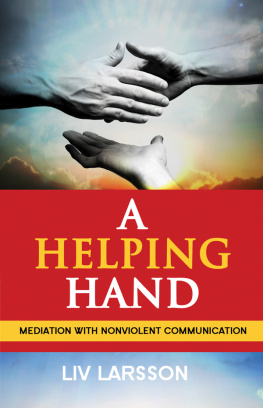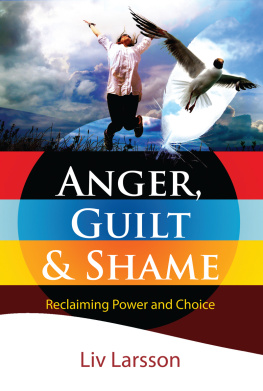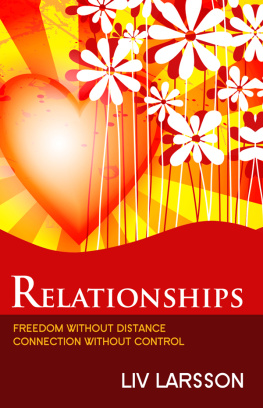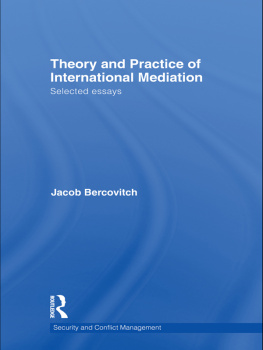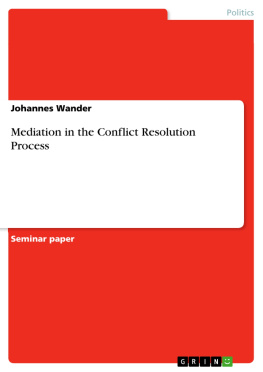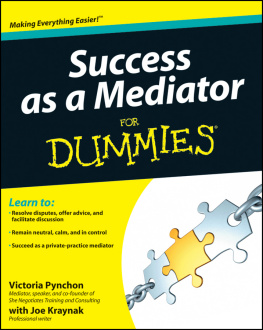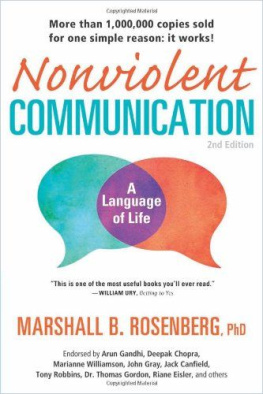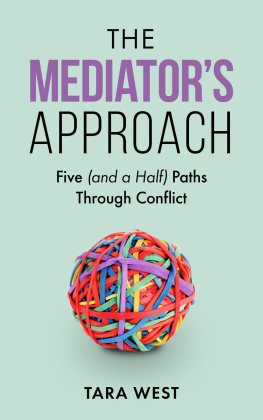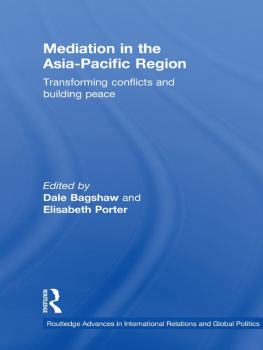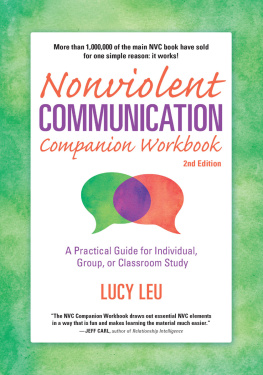What People say about The Helping Hand, Mediation with
Nonviolent Communication and Liv Larssons work
In April May 2010 we had the worst political conflict in our society. Once again, my colleagues and I used mediation skills in acting as the third party in conflict. In one incident, a friend and I were in the middle of a conflict between a group of anti-government protesters and a group of soldiers who were holding rifles in postures ready to shoot. We ran between the two sides and helped them communicate with each other. Finally, the problem was solved peacefully and no one was injured. I used mediation skills at my best efforts to save not only other peoples lives but also my own.
At the personal level, the mediation skills I learned from Liv and Kay helped ground me when facing violent conflicts. I used these skills when dealing with people from all sides, who were full of anger, fear, and grief. Seeing how mediation skills learned from Liv and Kay worked in the midst of conflicts and could save lives, I would recommend them to anyone.
- Pairin Jotisakulratana Peace activist Thailand
I appreciate the attention to the underlying thinking that exacerbates conflict and also the shift of consciousness that invites conflict as a way of deepening our understanding and connection.
- Jori Manske, Restorative Mediator and CNVC certified trainer
I have grown to have a deep appreciation for Livs incorporation of Non-violent Communication into her life. When I heard that she had written a book on what she has learned in offering trainings in NVC mediation, I was pleased because of my personal dream of trainers offering NVC mediation trainings . I am confident that Livs book will lead the way for trainers and mediators in many places.
- Ike Lasater, author of Words That Work In Business: A Practical Guide to Effective Communication in the Workplace
I thoroughly enjoy Liv and Kays mediation training. They have broken down an art form into specific, do-able steps that I can follow and practice. I particularly like their easy-to-remember hand skill map where each finger represents a mediation skill. First, we work with a skill through written exercises so we have some time to think about it. Then, we try out each skill in a mediation triad format, and progress to combining them together into more complex skills. So, from something I find daunting and difficult, Liv and Kay have turned mediation into a fun, fast pace learning experience. My deep appreciation to both of you!!
- Kanya Peaceworker and NVC teacher in Thailand
This book is like a GPS system that helps you navigate through the process of learning mediation with ease, no matter if you are a single parent whose kids are fighting every day or a professional relationship counselor. With each practical exercise you complete, you will gain confidence in your mediation skills. You will find out where your strengths and growing edges in mediation are, and thus be able to practice more efficiently. The self-reflection exercises will invite you to deeply inquire into your motivation for mediating, allowing you to be aware where e.g. your passion for peoples freedom of choice might turn into a blind spot. With the toolbox that this book provides, rather than hoping that you would know what to do when others are fighting and when so many things are happening at the same time, you will have clear focal points for your attention.
I used to think of mediation as something that only people with years of professional training and experience could do and to feel overwhelmed when others started fighting. Nowadays I lead workshops that help advanced NVC practitioners refine their mediation skills. The helping hand has been a major instrument in turning me from a cheering observer of Marshall Rosenbergs international mediation successes into someone passionately teaching and mentoring others.
- Ariane Korth, Undefend Yourself Trainer, BayNVC Leadership Program 10 Participant and 11 Assistant Trainer
1. Mediation colleague
A Helping Hand
Mediation with
Nonviolent Communication
2nd Edition
Liv Larsson

Friare Liv
Mjsjlidvgen 477,946 40 Svensbyn
Sweden
Info
www.friareliv.se
If you have not purchased this book directly from us, e-mail or call us if you wish to receive our book catalogue and newsletter.
Copyright: Liv Larsson 2010. Original title Skapa mten och kontakt genom medling, att agera tredje part med hjlp av Nonviolent Communication.
All rights reserved. No part of this book may be reproduced by any mechanical, photographic, or electronic process, or in the form of a photographic recording, nor may it be stored in a retrieval system, transmitted, or otherwise copied for public or private use without the written permission of the publisher. Requests for permission should be Addressed to:
Friare Liv AB
Mjsjlidvgen 477
946 40 Svensbyn
Sweden
Phone: + 46 911 24 11 44
www.friareliv.se/eng
Author: Liv Larsson
Translation: Johan Rinman
Layout: Kay Rung
Cover design: Vilhelm PH Nilsson www.communicationforlife.org/vilhelm/
ISBN 978-91-8748-910-5
Ebooksproduction: Publit, 2013
Contents
Preface
I grew up in Norrbotten, in northern Sweden, and it was common to be either directly or distantly related to the people one met. On numerous occasions while growing up, I was both irritated and felt embarrassed when my parents would start every new acquaintance trying to figure out how we were related to each other.
When I started to get interested in conflict resolution and mediation, I realized that there were actually reasons to appreciate this interest in kinship. I was helped by seeing that this exploration can contribute in a constructive way to conflict resolution, by making it clear that we are connected, and how our actions can affect others. I realized that there are certain cultures, for example in New Guinea, that deal with conflicts by having a third party help the people involved better understand how they are related to each other. In this way it becomes clear how their own actions can affect both their closest family and relatives, and even target themselves.
One of the principles in Nonviolent Communication (NVC), the approach that this book draws upon, is that we are interdependent. The purpose of NVC is to create a connection between us where we wish for everyones needs to be considered and met to the greatest possible extent. To be able to create this quality of connection, we have to be willing to realize that our actions affect others.
Many of us act as a third party daily, though we might not think of ourselves as mediators. This can be in situations where we actively try to understand, and maybe intervene, when it seems others are struggling to connect. This can be between children, people in our workgroup, or among friends.
The founder of NVC, Marshall Rosenberg, has mediated in different conflict situations around the world for over 40 years. Rosenberg views needs as the common driving force behind everything humans do. He understands all emotional experiences to be dependent upon whether our needs are being met or not, and his discoveries have been of great help for me in my work as a mediator. There are many approaches to mediation. I have chosen to deepen my understanding of NVC because it contains very concrete tools that have strengthened my ability to act as a third party.

